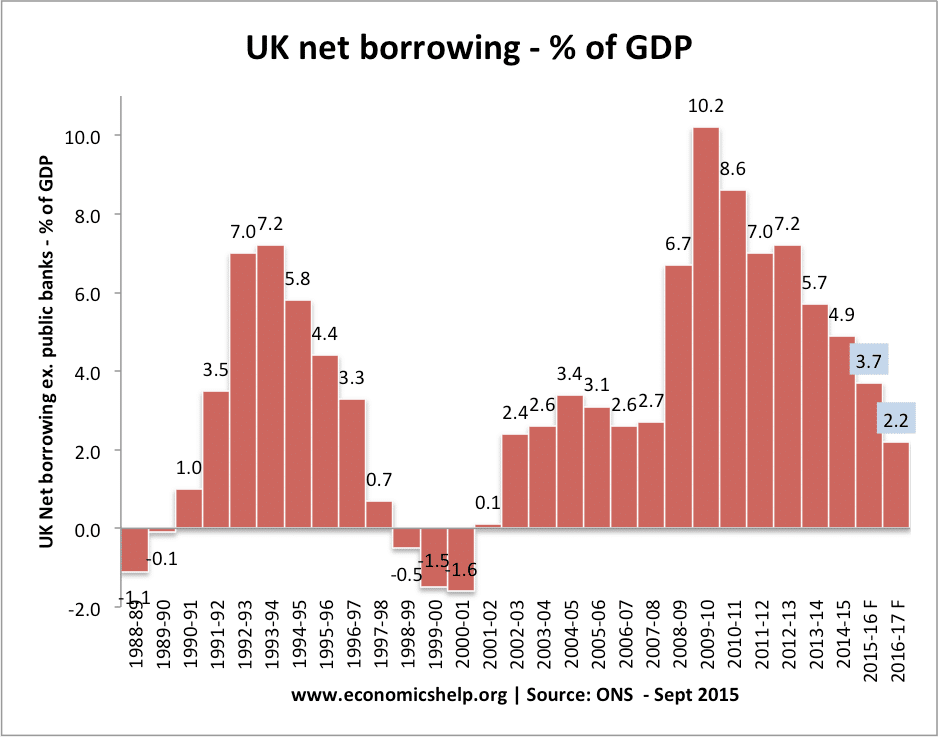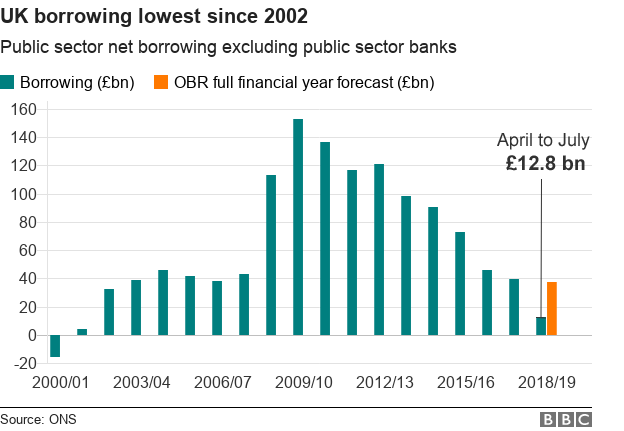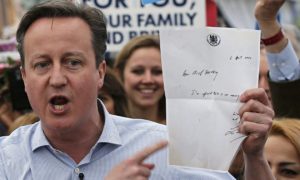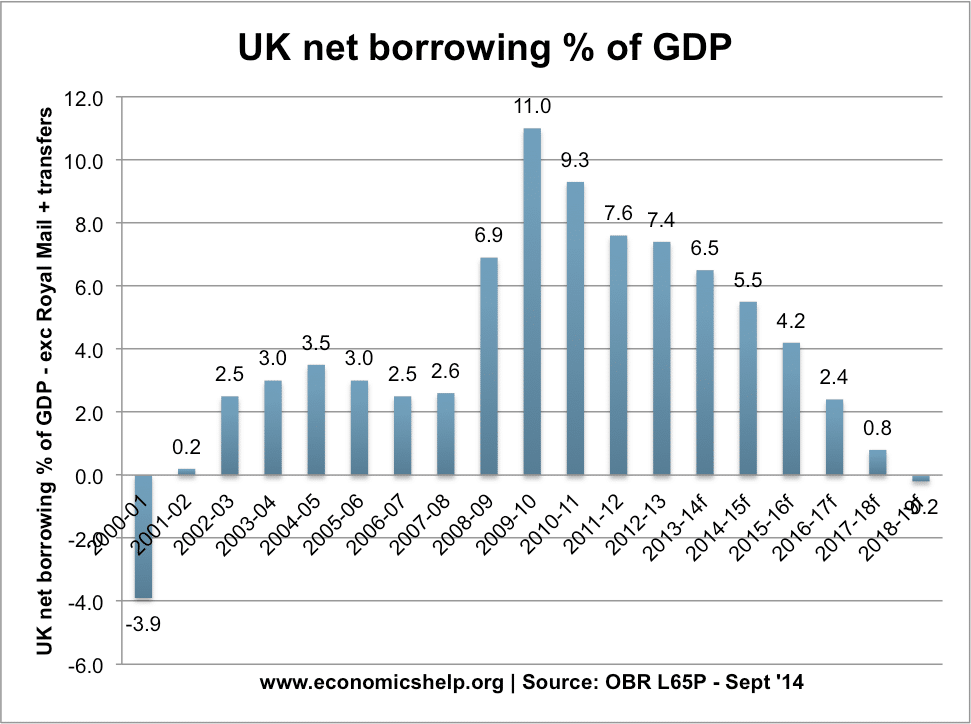To most of us living in this day and age, late-night television really is not anything new. Anyone with a digital device and access to the web, and there is a lot of them, would have at least seen a few clips of shows and learned the names of the hosts and their shows. And because there is such a vast selection of them these days, people get to pick and choose. And usually, it is not the network or the program they are choosing, but the clips and segments they want to see. Thanks to the wonders of the internet, people get to do just that. However, younger viewers have no way of knowing, and more experienced viewers tend to overlook, or simply forget, that late-night talk shows used to mean something completely different, and has always been evolving throughout the past few decades. The business model of late-night talk shows, naturally, has changed with it too.
The late-night talk show has come a long way. Ever since television overtook radio as the primary medium in the 1950s, worldwide and in the United States, late night talk shows have become one of the signature features of American television. While television was in its infancy, the amount of original programming was quite limited, and networks had to fill most of niche hours with reruns. NBC became the first to venture into unknown territory in an attempt to prove there was a profitable market after 11 pm. The Tonight Show Starring Steve Allen was launched in September 1954, and it would turn out to be the beginning of NBC’s pioneering and dominance of late-night television in the following half century and more.
Though The Tonight Show Starring Steve Allen would eventually be moved to Sunday night under a different name to combat CBS’ The Ed Sullivan Show in 1957, what it had done was monumental for the future of late-night television – it proved that there was a place for original programming after 11 pm, and paved the way for all future shows and hosts. The format became the blueprint of the mainstream late-night talk show format that would be used by most network shows to the current day. It did not, however, establish a huge following at that time. This was made evident by two facts. Neither CBS nor ABC, the two competing networks, had come up with their own late-night program in the two and half years the show was on the air. And perhaps more of a judgment on the time slot than the show itself, NBC must have deemed the late-night time period expendable to move Allen to primetime on Sundays.
However inconsequential late-night was in comparison with Sunday night, NBC stuck with it, and mainstream success followed. After Steve Allen’s in-house relocation, NBC lined up Jack Paar from CBS to carry on the Tonight name. The highly emotional and unpredictable Paar became an audience favorite. In his heyday, Paar would occasionally draw 7 million viewers in the early 1960s. (Grimes) Little information regarding the competition can be found, but based on the fact NBC was the only network with original programming in late-night, it is safe to assume the competition was practically nonexistent. Considering the show was 105-minute long, and ran from 11:15 pm to 1 am during this time, the number was even more significant than the modern hour-long 11:35 pm shows numbers. At such a late hour, the shorter the runtime, and the earlier it ends, the more ratings will benefit, since the later it gets, the more people will turn off the television set and turn in. As he was popular, Paar was dramatic. At the height of his success, aged only 43, he abruptly announced he would be leaving the show on the air in March 1962, leaving his audience with endless emptiness, and many more questions than was ever answered.
They would not have to live with that emptiness for long. NBC once again called in a young host from another network to resurrect the late-night success Paar had. The young man named Johnny Carson did not disappoint, as he warmed up in the role in no time at all, and, all of a sudden, NBC was having monolithic success in late-night again. Paar and Carson were so popular that ABC and CBS would come up with their own late-night shows in hope of shadowing NBC, and taking away their monopoly. The likes of Joey Bishop, Merv Griffin, Dick Cavett, and Alan Thicke all came and went like shooting stars, unable to gain any traction opposite Johnny Carson in their futile effort.
As Carson swept away the competition as effortlessly as his signature golf swings, his leverage ultimately grew as well. In the first six months after he took over, he was averaging 7.5 million viewers per night. A decade later, the number was 11.5. In 1977, it became 17.3, having more than doubled his audience in 15 years. (Tynan) At this time, he was bringing NBC $50 million in profit per year, (Bushkin and Lewis) which mounts to roughly $1.8 billion in today’s money. In 1980, he got the ultimate deal with NBC: the runtime would go from 90 minutes to 60, he would be on only 3 nights per week, Tuesday through Thursday, his salary would be $25 million per year, and he would be taking 15 weeks off every year. (Bushkin and Lewis) As ridiculously lucrative as it sounded, NBC could not afford to see their monopoly fall apart.
As Carson established his empire in late-night, the scene seemed set for a long time. The first disruptor to surface came from, consequently, not from a rival network, but within NBC. Since The Tonight Show Starring Johnny Carson featured countless young comics over the years, many rose to stardom from their appearances. David Letterman, a former weatherman and radio host from Indianapolis, had set the record as the fastest comic going from being a guest to guest-hosting The Tonight Show, and was given a morning talk show by NBC in 1980. Though the show did not get good ratings in the early hour, it received critical acclaim, winning 2 daytime Emmys. In 1982, NBC decided to give him another shot in the time slot after The Tonight Show, 12:35 pm, and cancel broadcaster Tom Snyder’s interview program The Tomorrow Show, the previous occupant.
And a prince was born. Late Night with David Letterman caught on big-time, especially among younger viewers. Because Carson’s production company owned the show and specified the ways in which Late Night had to be different from Tonight, and partly due to the later hour, Letterman would experiment with wild stuff that people had never seen on television. It created a cult-like cultural and social sensation among the youth, and the advertisers took notice. An uncanny phenomenon occurred: for the first time ever, advertisers would go to NBC with something other than The Tonight Show as their top priority. In fact, many brands with a more youthful outlook, coca-cola and tennis sneaker companies for instance, even went as far as securing commercial time of Late Night first, and then buying The Tonight Show commercial time merely as an add-on thanks to Letterman’s much younger demographics.
In 1992 Carson walked away from it all. After intense negotiations and some bitter conflicts, Letterman did not eventually get the top job. It went to his comic friend Jay Leno, who had gained national fame by appearing on Late Night, and was Carson’s permanent guest host in the years before his departure. Letterman, eager to prove himself at the earlier time slot, 11:35 pm, left for CBS the following year to create The Late Show With David Letterman, and the nation had, consequently, been divided. For the many decades prior, NBC was as good as synonymous with anything associated with late-night, and had enjoyed a huge monopoly in the category. For the first time ever, America would have a viable late-night option outside NBC, and, more importantly, an alternative to The Tonight Show.
Having signed Letterman for over $14 million per year, a figure over twice Leno’s salary (Carter), CBS proved to be right with their investment. Not only did Letterman build a late-night franchise out of nothing at all, he would become the only saving grace CBS had in a particularly difficult time for the network. The entire network was at a complete loss after it gave up the rights of NFL football to FOX in 1994, and had nothing going for them in the many years afterwards, except The Late Show. The poor lead-in performance caused Letterman to lose his ratings edge on Leno, and he was never able to beat Leno in the ratings again.
Despite several changes in the 12:35 pm time slot, the 11:35 pm was a mano-a-mano battle for two decades, until ABC decided to puteir name in the race as well. After Jimmy Kimmel Live! moved up from 12:05 to take Nightline’s time slot, the monopoly that NBC had was now completely turned into a oligopoly.
That meant the already shrinking network late-night talk shows market – between 2011 and 2012, every network late-night talk shows’ total viewer count went down, except that of Jimmy Kimmel Live! – was now divided into even smaller pies. Though there are new platforms of revenue such as YouTube, the profitability of these platforms does not hold a candle to that of traditional television. On another note, the revenue generated by the internet is seldom firsthand. Often, hosts today want to get a high number of hits on the internet because they hope that will drive the viewers to watch their shows. The role that the internet plays in generating revenue is more subtle than it seems, since the idea is less driven by direct revenue than by building up the audience.
As longstanding late-night host in the hour-long format, Conan O’Brien, transitions into a half-hour format, he proposed the refreshed and shortened show as “smaller cookie, more chocolate chips”. This is perhaps the way to move forward, as the viewers have gotten increasingly short attention spans and more and more at-home with entertainment consisting of mostly soundbites . If you cannot pique someone’s interest within a few minutes, or even seconds, in this world full of smartphones and Xboxes, chances are not good they will sit through a whole hour of the show.
Sources:
https://www.hollywoodreporter.com/news/how-johnny-carson-quit-tonight-644508
https://www.newyorker.com/magazine/1978/02/20/fifteen-years-salto-mortale





